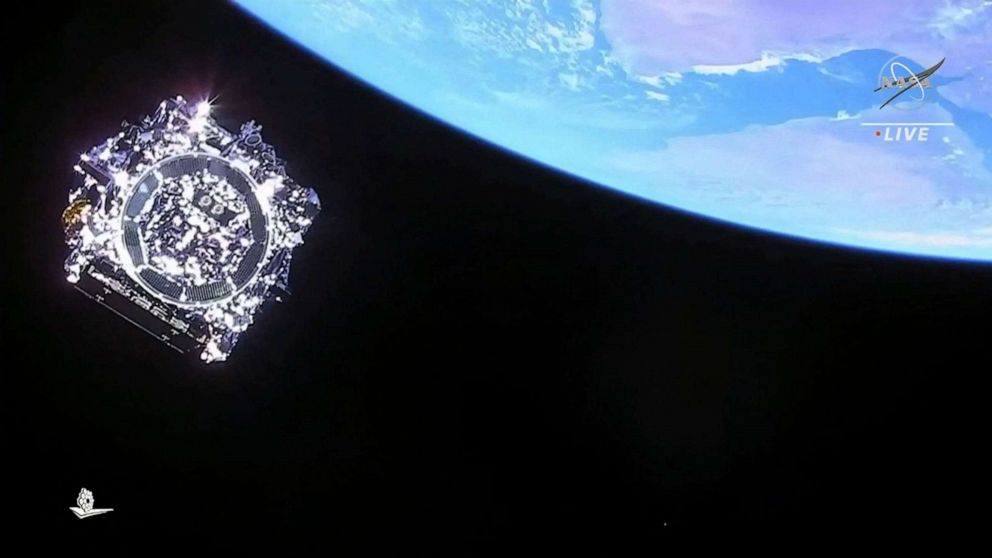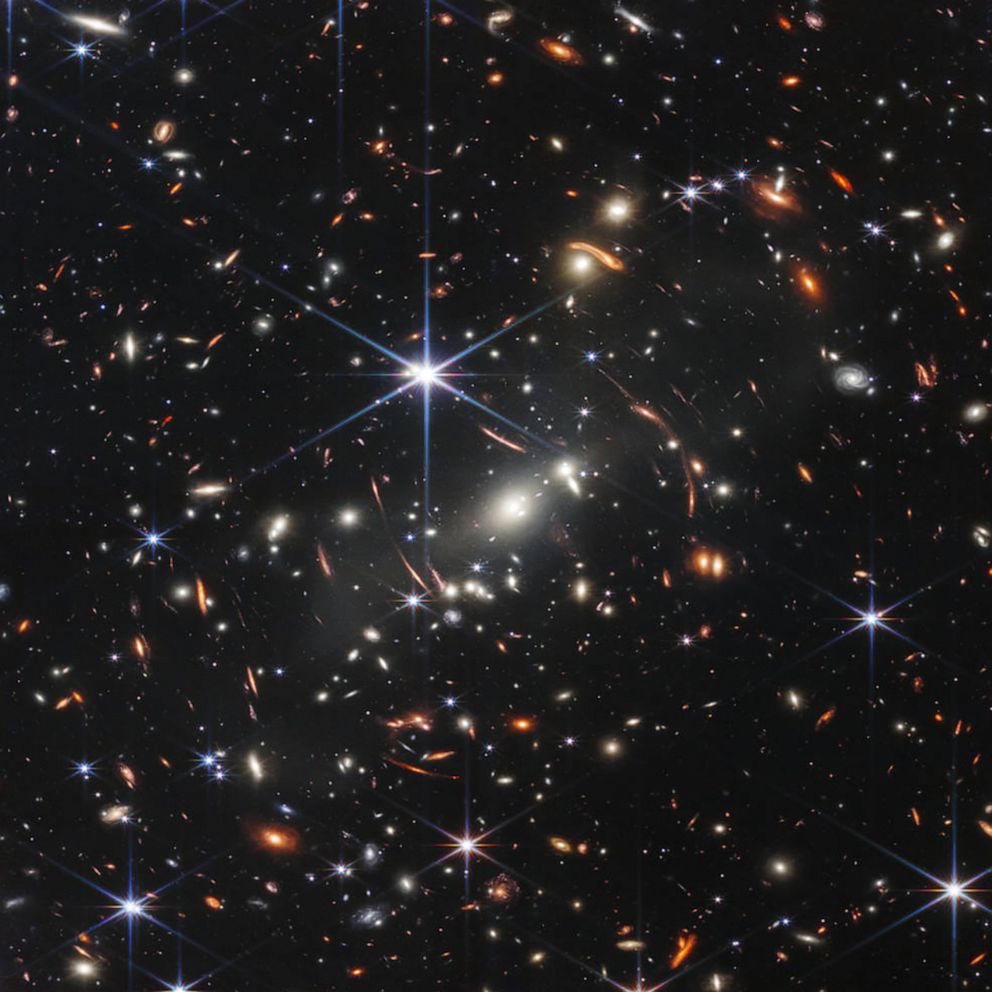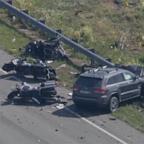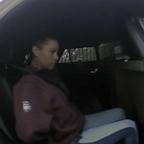Telescope's 1st targets include nebulae and galaxy clusters
Ahead of the release Tuesday of the first images taken by the James Webb Space Telescope, NASA has revealed a list of the telescope's first targets.
Among them is the Carina Nebula, which is one of the brightest nebulae in the sky -- according to the space agency -- and located about 7,600 light-years away.
Other targets include WASP-96 b, the largest planet outside of our solar system, and the Southern Ring Nebula, which is a planetary nebula, or a cloud of gas that encircles a dying star.

The telescope will also examine Stephan's Quintet, a group of five galaxies located 290 million light-years away and of which four are "locked in a cosmic dance of repeated close encounters," NASA said.
The final target is the SMACS 0723, which is a cluster of galaxies that distorts the light of objects behind it and will allow scientists to look at planets, stars and other objects that would have been otherwise invisible to the human eye.





